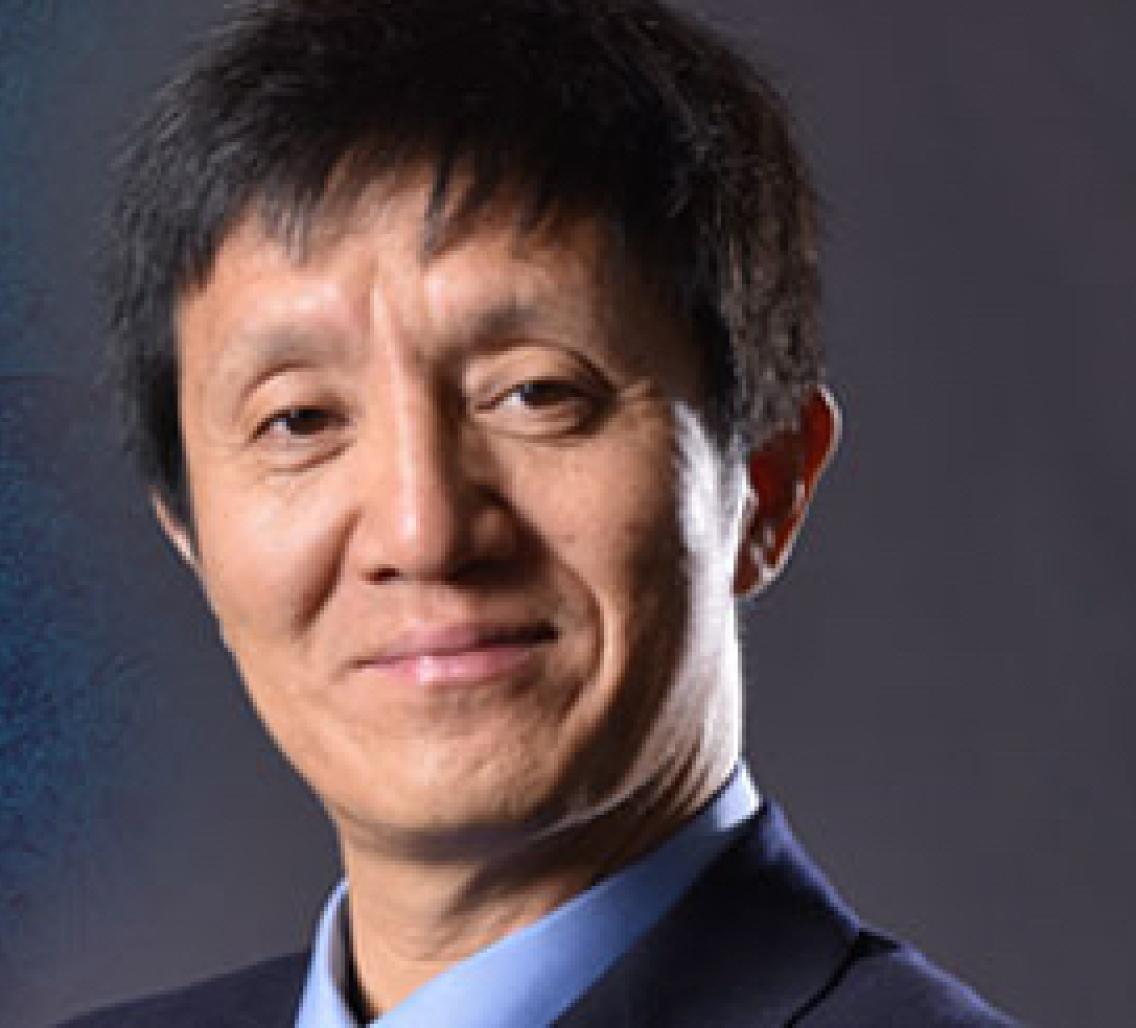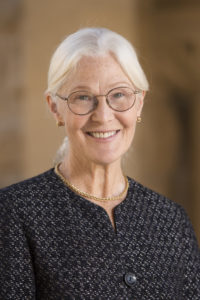Stanford biologists Sharon Long and Liqun Luo honored by National Academy of Sciences

By Ker Than
Stanford’s SHARON LONG and LIQUN LUO have been honored with awards from the National Academy of Sciences (NAS) for their pioneering biology research.
Long will receive the 2019 Selman A. Waksman Award in Microbiology from NAS for her work on the symbiotic relationship between plants and nitrogen-fixing bacteria. The biennial award recognizes a major advance in the field of microbiology and includes a $20,000 prize.
Luo will receive the 2019 Pradel Research Award for his research into neural circuits of invertebrates and vertebrates. The annual $50,000 award recognizes mid-career neuroscientists who are making major contributions to our understanding of the nervous system.
“I’m glad it’s a mid-career award because it means I have another half to go,” said Luo, who is the Ann and Bill Swindells Professor in the School of Humanities and Sciences.
Neural circuits
Luo’s research focuses on how neurons find their partners with specificity to form working neural circuits and how those neural circuits function in adults. His work has helped shed light on everything from the cerebellum’s surprising ability to anticipate rewards to how the serotonin system controlling our moods and movements is organized.
Luo’s discoveries were often made using techniques for visualizing gene action in neurons that he invented himself and which have become standard in the field. One of his early achievements was the development of Mosaic Analysis with a Repressible Cell Marker (MARCM), a technique for labeling isolated mutant cells in otherwise normal fruit flies. This enabled his team to study individual neurons and make fundamental breakthroughs about the fly’s brain development. He later extended his MARCM technique and other inventions to mice to map the wiring of complex neuromodulatory systems in mammals.
Like Long, Luo credits his successes to graduate students and postdoctoral researchers and to Stanford’s interdisciplinary research community. “A lot of our current research is only possible through collaborations with scientists with different expertise,” Luo said.
“I would not have had this research career at any other institution except Stanford,” Long said. “It’s exciting to be in this multidisciplinary environment where medical microbiologists, chemical engineers, environmental and geological researchers and basic scientists all interact.”

Symbiosis
Long, who is the William C. Steere, Jr.–Pfizer Inc. Professor in Biological Sciences, is the fourth Stanford recipient of the Selman A. Waksman Award. Past awardees include the late CHARLES YANOFSKY, the late STANLEY FALKOW and LUCY SHAPIRO, the Virginia and D.K. Ludwig Professor and professor of developmental biology.
“I’m truly honored and feel quite humble at receiving this recognition – the previous winners of the Waksman Award are my scientific and personal heroes,” Long said.
Long is best known for elucidating the process by which legume plants such as soybean and alfalfa entice Rhizobium bacteria to live within their roots. There, the microbes transform nitrogen plucked from the soil into ammonia that the plants can use as fertilizer.
This symbiosis is the basis of crop rotation, a practice that involves sequentially growing different sets of plants – one of which usually includes legumes – to increase soil fertility and boost crops. Crop rotation has been employed by farmers around the world for millennia to extend the productivity of their soils, but until recently, the mechanism behind it was unclear.
Using techniques drawn from genetics, biochemistry, chemistry, cell biology, physiology and other disciplines, Long and her team discovered “nod” genes that become active when the bacteria detect a chemical signal in the soil released by host plants.
The scientists revealed in subsequent work how the bacteria respond with a signal of their own that stimulates the plant, and how this molecular conversation leads to the formation of nodules on the plants’ roots where the bacteria can reside.
Long credits her success to the “top-notch” graduate students and postdoctoral researchers in her lab and to Stanford’s vibrant and collaborative microbiology community, which extends across four different schools and 10 departments.
Long and Luo will be honored in a ceremony on April 28 during the annual NAS meeting in Washington, D.C.
Long is also a professor, by courtesy, of biochemistry, a member of Bio-X and a faculty fellow at Stanford ChEM-H.
Luo is also a professor, by courtesy, of neurobiology, an investigator at the Howard Hughes Medical Institute in Maryland, and a member of Stanford Bio-X, the Stanford Cancer Institute and the Wu Tsai Neurosciences Institute.